Depth of Field, Part 2:
How Focal Length, Distance, and ND Affect Depth of Field
Written and presented by Scott Ballard
Summary: In Part 2 of our series on depth of field we cover how the focal length of the lens and the distance from the subject affect depth of field. We also cover how you can use neutral density filters (ND) to control light levels so you can achieve your desired depth of field.
Length: 5:41 minutes
!! Want to see the whole video? Become a member !!
- If you are already a member, you can log in below.
Introduction
In the last lesson we covered how to control depth of field using aperture and ISO. Here are two more useful tools at your disposal that will aid in being able to control your depth of field. They are distance or lens focal length and ND (neutral density) filters.
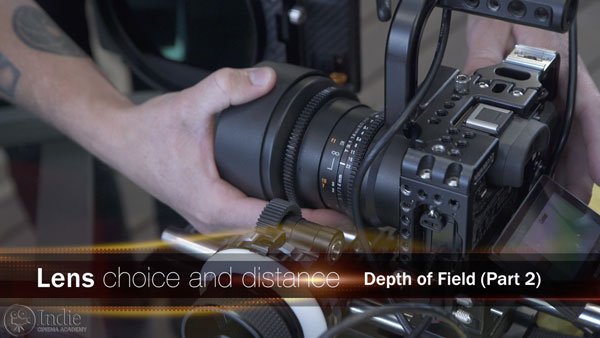
We can make our lens choices determining two factors – how close we want the camera to the subject and how much of the frame around our subject we want to see.
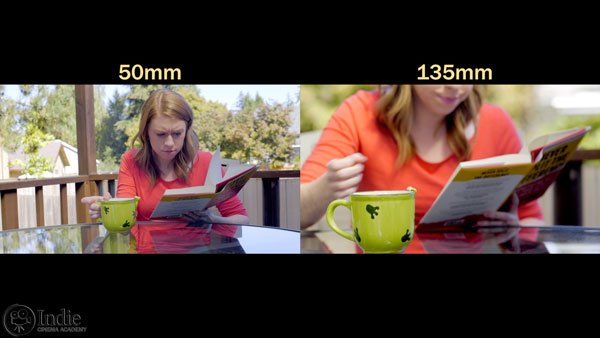
The larger the subject, in this case the cup of coffee, is in the frame, the shallower the depth of field will be behind the cup.
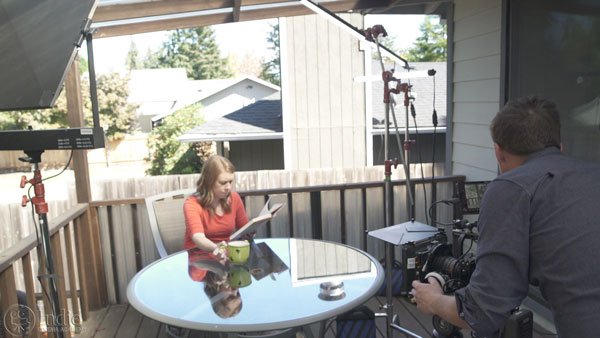
Remember that each lens has a minimum focusing distance, meaning that it can only focus on an object as long as the camera is set a certain distance from the object. This will depend on which lens you are using and is usually marked on the lens. If a subject is closer than the minimum focusing distance, critical focus cannot be obtained.
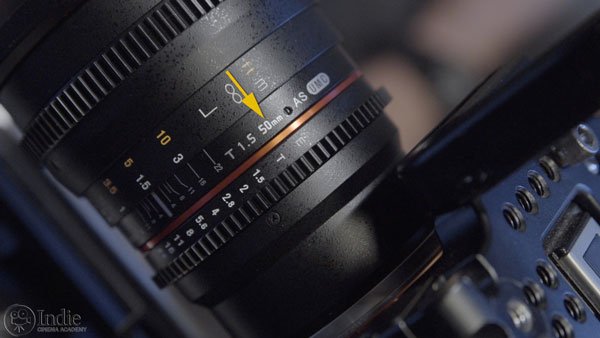
Prime lenses have a fixed focal length, whereas a zoom lens is able to adjust or zoom through a variety of focal lengths. Typically prime lenses are faster (meaning their aperture opens up further) and there is less light lost in the lens as there are less glass elements through which the light is passing. And as we saw in previous episodes, this can have an effect on depth of field.
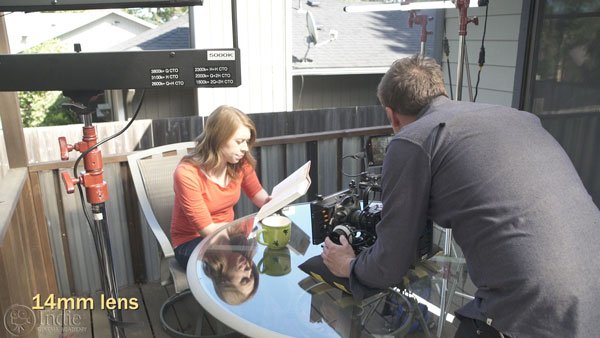
Using prime lenses allows the distance between the camera and subject to change, depending on if we are using a wide angle or telephoto lens. A wide angle lens would be around a 24mm or 14mm lens.
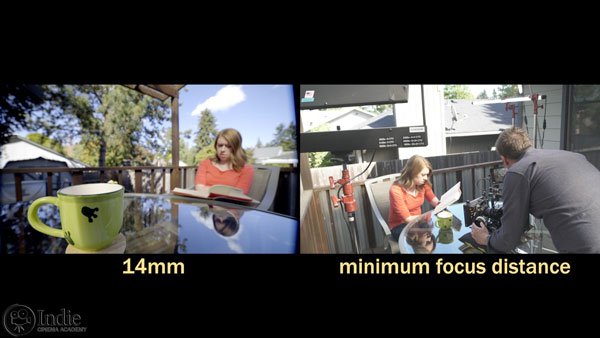
If we use a 14mm, you’ll see that we introduce quite a bit of the world. The wider the lens, the smaller the minimum focusing distance – therefore we can get very close to our subject. Now the camera is much closer to the cup. Notice that our depth of field has now narrowed, since the subject is closer to the lens and larger in the frame...
** Want to read the rest of the transcript? Become a member. **
Camera / Audio
- Sony Alpha a7S Mirrorless Digital Camera
- Rokinon Cine DS 6 Lens Kit with Sony E Mount
- Bright Tangerine Misfit Matte Box
- Tiffen 77mm Variable Neutral Density Filter
- TruND Neutral Density Filters (4″x5.65″): 0.3, 0.6, 0.9, 1.2, 1.5
- Schneider Neutral Density Filters (4″x5.65″): 0.3, 0.6, 0.9, 1.2, 1.5
- Revar Cine Rota-Tray Variable ND Kit (4″x5.65″): Revar Cine Circular Polarizer Rotating Filter Tray and Revar Cine Linear Polarizer
- Tilta FF-T03 15mm Follow Focus with Hard Stops
- Sachtler Panorama 7+7 Head 100mm (similar head: 1006 DV 10 SB Fluid Head)
- Sachtler Carbon Fiber Tripod (similar tripod: Carbon Fiber HD Tripod Legs)
- Movcam Cage for Sony A7S
- Wooden Camera A/B Gold-Mount Plate for Sony A7, A7r and A7s
- Audio Technica AT835b Shotgun Microphone
(similar microphone: Audio Technica BP4071 Shotgun Microphone)
- Wooden Camera DSLR A-Box
- Delkin Devices 64GB SDXC Memory Card 600x UHS-I
- DSC Labs One Shot Reference Chart (Matte Finish)
Behind the Scenes (BTS) Cameras
- GoPro Hero3 Black (similar camera: GoPro HERO4 Black)
- Sony Alpha a7S Mirrorless Digital Camera
- Odyssey7Q+ OLED Monitor & 4K Recorder
- Filmcity DSLR Camera Cage Shoulder Rig kit (FC-03)
Lighting / Grip Gear
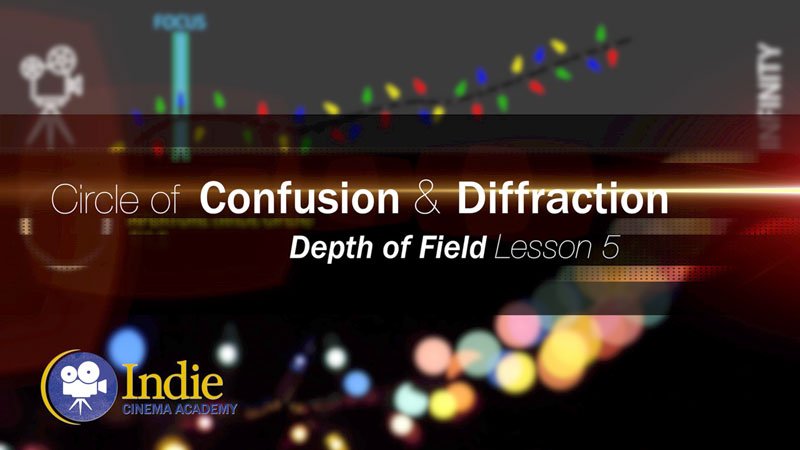 https://indiecinemaacademy.com/wp-content/uploads/2017/01/DoF05_Circle_of_Confusion_and_Diffraction-Thumbnail.jpg
450
800
Tim
https://indiecinemaacademy.com/wp-content/uploads/2013/12/Indie_cinema_Logo_2color-MF-300x116-web.png
Tim2017-01-08 22:45:252017-01-08 22:45:25Depth of Field, Part 5: How Circle of Confusion and Diffraction Blur Your Image
https://indiecinemaacademy.com/wp-content/uploads/2017/01/DoF05_Circle_of_Confusion_and_Diffraction-Thumbnail.jpg
450
800
Tim
https://indiecinemaacademy.com/wp-content/uploads/2013/12/Indie_cinema_Logo_2color-MF-300x116-web.png
Tim2017-01-08 22:45:252017-01-08 22:45:25Depth of Field, Part 5: How Circle of Confusion and Diffraction Blur Your Image https://indiecinemaacademy.com/wp-content/uploads/2016/11/ICA_DOF04_Using_a_DOF_Calculator-Thumbnail-web.jpg
450
800
Tim
https://indiecinemaacademy.com/wp-content/uploads/2013/12/Indie_cinema_Logo_2color-MF-300x116-web.png
Tim2016-11-22 13:39:542017-01-08 22:50:17Depth of Field Part 4: Using a DOF Calculator + Advanced Tips and Tricks
https://indiecinemaacademy.com/wp-content/uploads/2016/11/ICA_DOF04_Using_a_DOF_Calculator-Thumbnail-web.jpg
450
800
Tim
https://indiecinemaacademy.com/wp-content/uploads/2013/12/Indie_cinema_Logo_2color-MF-300x116-web.png
Tim2016-11-22 13:39:542017-01-08 22:50:17Depth of Field Part 4: Using a DOF Calculator + Advanced Tips and Tricks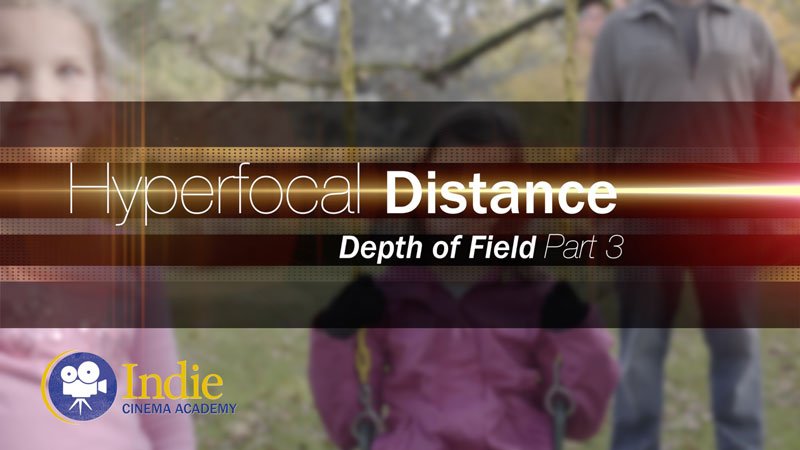 https://indiecinemaacademy.com/wp-content/uploads/2016/11/ICA_DOF03_Hyperfocal_Distance-Thumbnail.jpg
450
800
Tim
https://indiecinemaacademy.com/wp-content/uploads/2013/12/Indie_cinema_Logo_2color-MF-300x116-web.png
Tim2016-11-07 01:15:062017-01-08 20:21:14Depth of Field, Part 3: Hyperfocal Distance
https://indiecinemaacademy.com/wp-content/uploads/2016/11/ICA_DOF03_Hyperfocal_Distance-Thumbnail.jpg
450
800
Tim
https://indiecinemaacademy.com/wp-content/uploads/2013/12/Indie_cinema_Logo_2color-MF-300x116-web.png
Tim2016-11-07 01:15:062017-01-08 20:21:14Depth of Field, Part 3: Hyperfocal Distance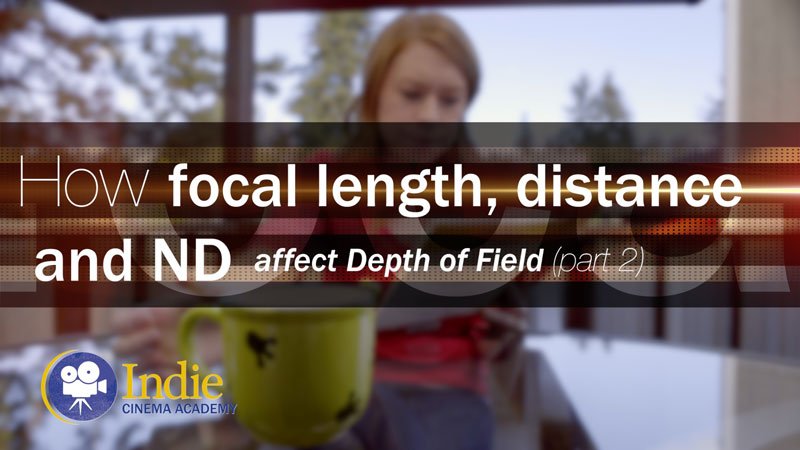 https://indiecinemaacademy.com/wp-content/uploads/2016/10/ICA_DoF02_Distance_and_ND_Filters-Thumbnail_web.jpg
450
800
Tim
https://indiecinemaacademy.com/wp-content/uploads/2013/12/Indie_cinema_Logo_2color-MF-300x116-web.png
Tim2016-10-24 08:00:022017-01-08 20:23:02Depth of Field Part 2: How Focal Length, Distance, and ND Affect Depth of Field
https://indiecinemaacademy.com/wp-content/uploads/2016/10/ICA_DoF02_Distance_and_ND_Filters-Thumbnail_web.jpg
450
800
Tim
https://indiecinemaacademy.com/wp-content/uploads/2013/12/Indie_cinema_Logo_2color-MF-300x116-web.png
Tim2016-10-24 08:00:022017-01-08 20:23:02Depth of Field Part 2: How Focal Length, Distance, and ND Affect Depth of Field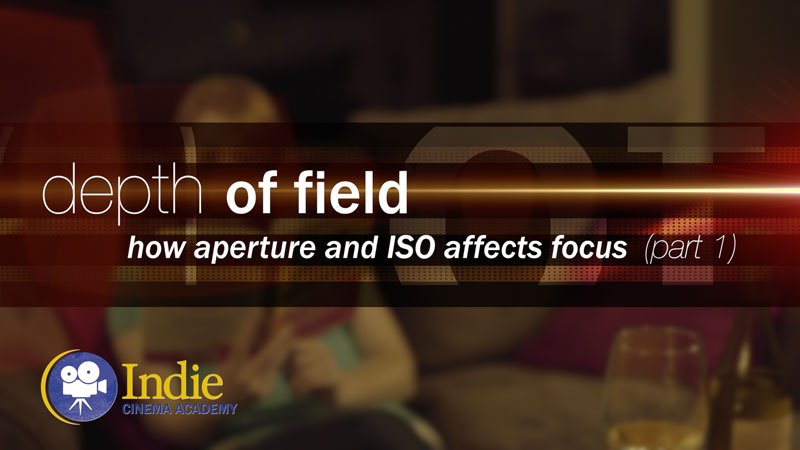 https://indiecinemaacademy.com/wp-content/uploads/2016/10/ICA_DoF01_How_Aperture_and_ISO_Affects_Focus-Thumbnail-web.jpg
450
800
Tim
https://indiecinemaacademy.com/wp-content/uploads/2013/12/Indie_cinema_Logo_2color-MF-300x116-web.png
Tim2016-10-10 00:15:202017-01-08 20:23:28Depth of Field, Part 1: How Aperture and ISO Affect Focus
https://indiecinemaacademy.com/wp-content/uploads/2016/10/ICA_DoF01_How_Aperture_and_ISO_Affects_Focus-Thumbnail-web.jpg
450
800
Tim
https://indiecinemaacademy.com/wp-content/uploads/2013/12/Indie_cinema_Logo_2color-MF-300x116-web.png
Tim2016-10-10 00:15:202017-01-08 20:23:28Depth of Field, Part 1: How Aperture and ISO Affect Focus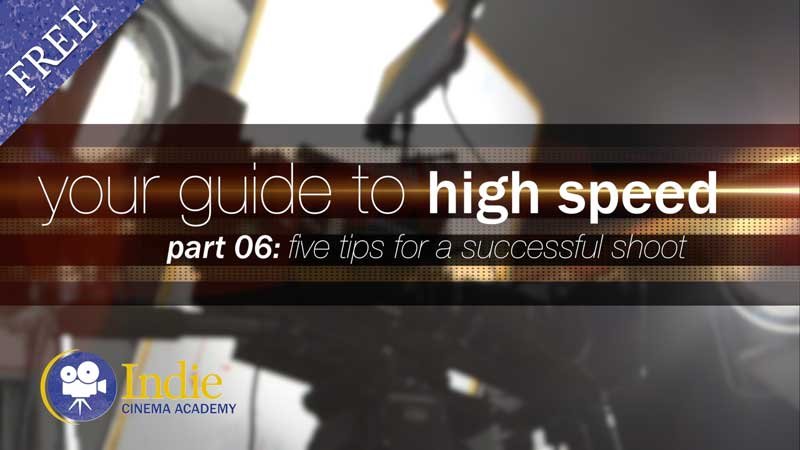 https://indiecinemaacademy.com/wp-content/uploads/2015/12/CS006-HighSpeed-Part06-FREE-Thumbnail-Web.jpg
450
800
Ryan E. Walters
https://indiecinemaacademy.com/wp-content/uploads/2013/12/Indie_cinema_Logo_2color-MF-300x116-web.png
Ryan E. Walters2015-12-14 00:15:052015-12-29 13:20:06Your Guide To High Speed, Part 6: Five Tips For A Successful Shoot
https://indiecinemaacademy.com/wp-content/uploads/2015/12/CS006-HighSpeed-Part06-FREE-Thumbnail-Web.jpg
450
800
Ryan E. Walters
https://indiecinemaacademy.com/wp-content/uploads/2013/12/Indie_cinema_Logo_2color-MF-300x116-web.png
Ryan E. Walters2015-12-14 00:15:052015-12-29 13:20:06Your Guide To High Speed, Part 6: Five Tips For A Successful Shoot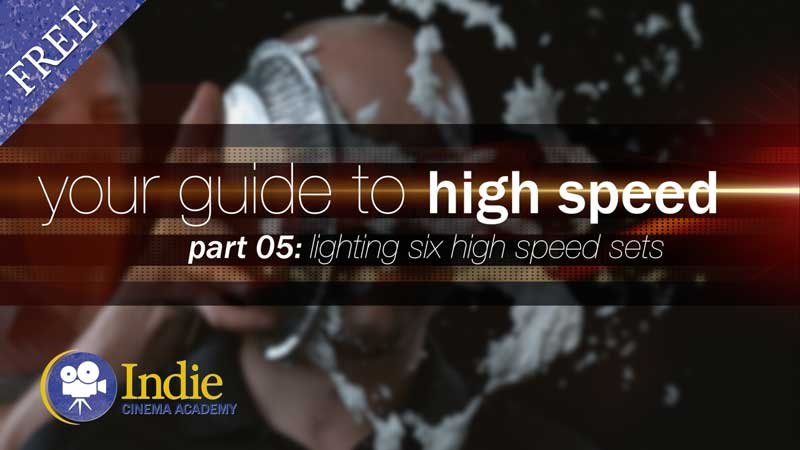 https://indiecinemaacademy.com/wp-content/uploads/2015/12/CS005-HighSpeed-Part05-FREE-Thumbnail-Web.jpg
450
800
Ryan E. Walters
https://indiecinemaacademy.com/wp-content/uploads/2013/12/Indie_cinema_Logo_2color-MF-300x116-web.png
Ryan E. Walters2015-11-30 09:00:282015-12-29 15:41:16Your Guide To High Speed, Part 5: Lighting Six High Speed Sets
https://indiecinemaacademy.com/wp-content/uploads/2015/12/CS005-HighSpeed-Part05-FREE-Thumbnail-Web.jpg
450
800
Ryan E. Walters
https://indiecinemaacademy.com/wp-content/uploads/2013/12/Indie_cinema_Logo_2color-MF-300x116-web.png
Ryan E. Walters2015-11-30 09:00:282015-12-29 15:41:16Your Guide To High Speed, Part 5: Lighting Six High Speed Sets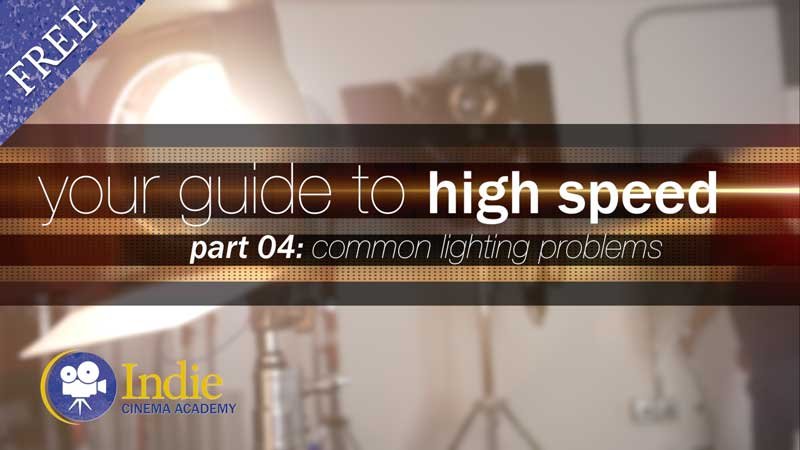 https://indiecinemaacademy.com/wp-content/uploads/2015/12/CS004-HighSpeed-Part04-FREE-Thumbnail-Web.jpg
450
800
Ryan E. Walters
https://indiecinemaacademy.com/wp-content/uploads/2013/12/Indie_cinema_Logo_2color-MF-300x116-web.png
Ryan E. Walters2015-11-16 00:15:182015-12-29 13:17:26Your Guide To High Speed, Part 4: Common Lighting Problems
https://indiecinemaacademy.com/wp-content/uploads/2015/12/CS004-HighSpeed-Part04-FREE-Thumbnail-Web.jpg
450
800
Ryan E. Walters
https://indiecinemaacademy.com/wp-content/uploads/2013/12/Indie_cinema_Logo_2color-MF-300x116-web.png
Ryan E. Walters2015-11-16 00:15:182015-12-29 13:17:26Your Guide To High Speed, Part 4: Common Lighting Problems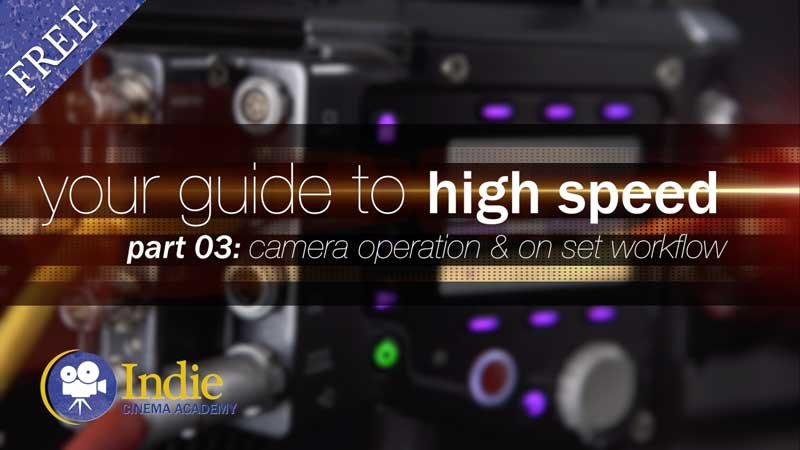 https://indiecinemaacademy.com/wp-content/uploads/2015/12/CS003-HighSpeed-Part03-FREE-Thumbnail-Web.jpg
450
800
Ryan E. Walters
https://indiecinemaacademy.com/wp-content/uploads/2013/12/Indie_cinema_Logo_2color-MF-300x116-web.png
Ryan E. Walters2015-11-02 00:15:272015-12-29 13:15:49Your Guide To High Speed, Part 3: Camera Operation & Workflow
https://indiecinemaacademy.com/wp-content/uploads/2015/12/CS003-HighSpeed-Part03-FREE-Thumbnail-Web.jpg
450
800
Ryan E. Walters
https://indiecinemaacademy.com/wp-content/uploads/2013/12/Indie_cinema_Logo_2color-MF-300x116-web.png
Ryan E. Walters2015-11-02 00:15:272015-12-29 13:15:49Your Guide To High Speed, Part 3: Camera Operation & Workflow
Leave a Reply
Want to join the discussion?Feel free to contribute!